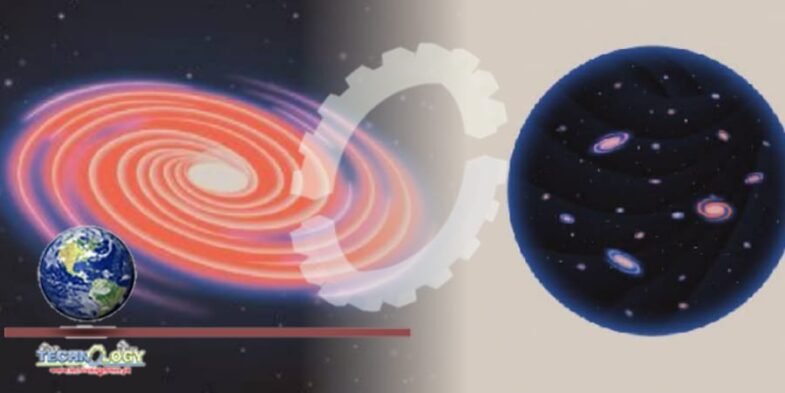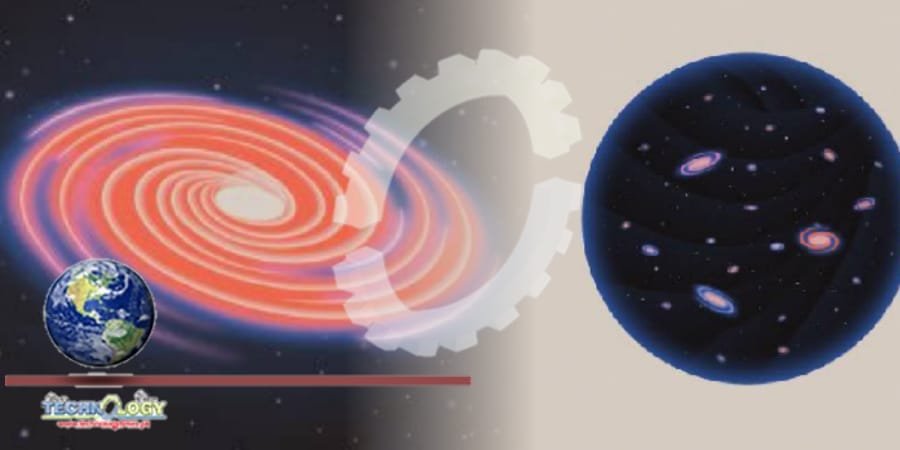The Structure of Scientific Revolutions, the philosopher of science Thomas Kuhn observed that scientists spend long periods taking small steps. They pose and solve puzzles while collectively interpreting all data within a fixed worldview or theoretical framework, which Kuhn called a paradigm. Sooner or later, though, facts crop up that clash with the reigning paradigm. Crisis ensues. The Rethink scientists wring their hands, reexamine their assumptions and eventually make a revolutionary shift to a new paradigm, a radically different and truer understanding of nature. Then incremental progress resumes.

The crisis became undeniable in 2016, when, despite a major upgrade, the Large Hadron Collider in Geneva still hadn’t conjured up any of the new elementary particles that theorists had been expecting for decades. The swarm of additional particles would have solved a major puzzle about an already known one, the famed Higgs boson. The hierarchy problem, as the puzzle is called, asks why the Higgs boson is so lightweight — a hundred million billion times less massive than the highest energy scales that exist in nature. The Higgs mass seems unnaturally dialed down relative to these higher energies, as if huge numbers in the underlying equation that determines its value all miraculously cancel out.
The extra particles would have explained the tiny Higgs mass, restoring what physicists call “naturalness” to their equations. But after the LHC became the third and biggest collider to search in vain for them, it seemed that the very logic about what’s natural in nature might be wrong. “We are confronted with the need to reconsider the guiding principles that have been used for decades to address the most fundamental questions about the physical world,” Gian Giudice, head of the theory division at CERN, the lab that houses the LHC, wrote in 2017.
At first, the community despaired. “You could feel the pessimism,” said Isabel Garcia Garcia, a particle theorist at the Kavli Institute for Theoretical Physics at the University of California, Santa Barbara, who was a graduate student at the time. Not only had the $10 billion proton smasher failed to answer a 40-year-old question, but the very beliefs and strategies that had long guided particle physics could no longer be trusted. People wondered more loudly than before whether the universe is simply unnatural, the product of fine-tuned mathematical cancellations. Perhaps there’s a multiverse of universes, all with randomly dialed Higgs masses and other parameters, and we find ourselves here only because our universe’s peculiar properties foster the formation of atoms, stars and planets and therefore life. This “anthropic argument,” though possibly right, is frustratingly untestable.
Source:Quantamagazine
